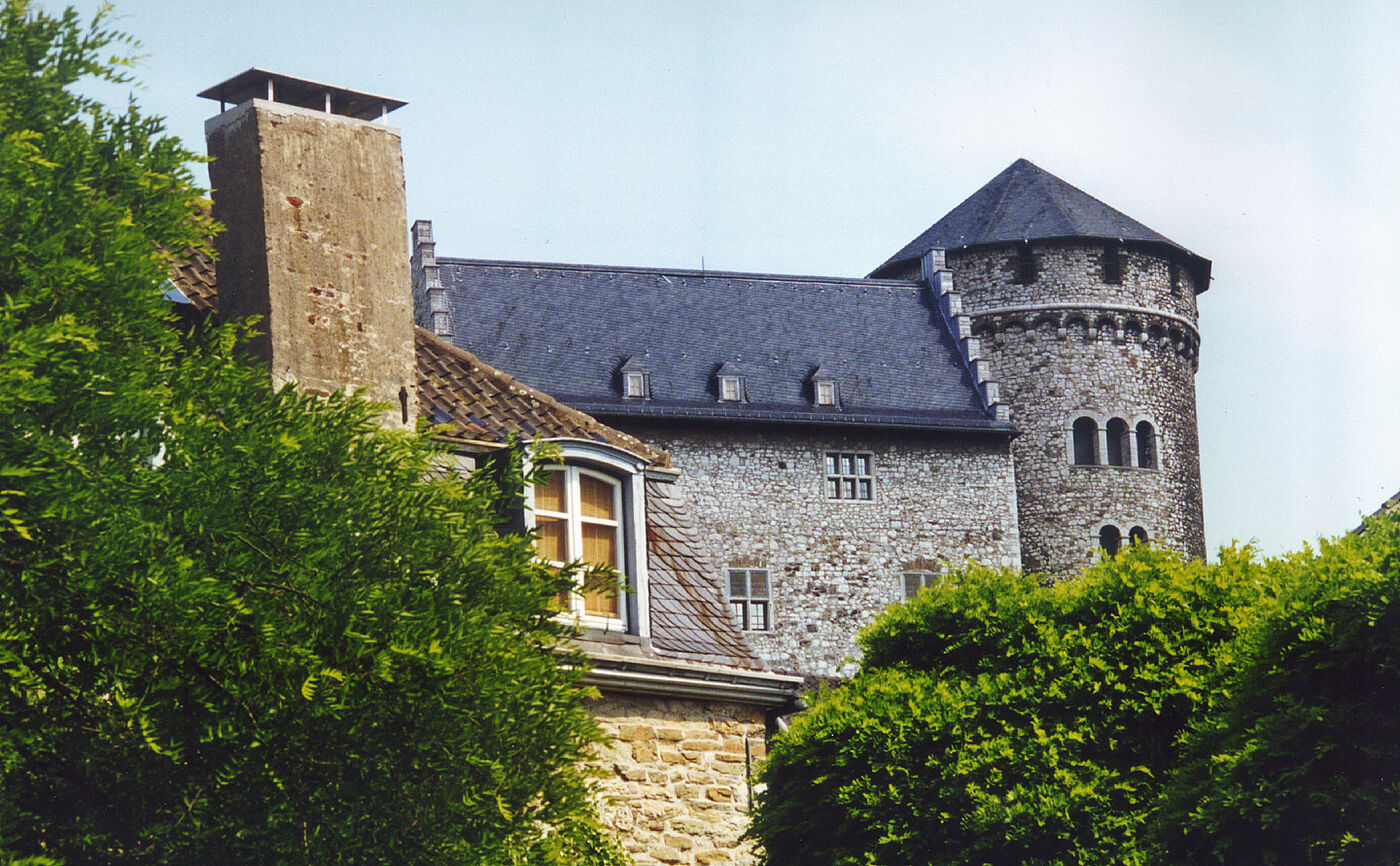Breadcrumb
Already the look on the town map or from a bird’s perspective makes clear: Stolberg is a town “in green surroundings”. More than 70 % of the city area is characterized by agriculture and forestry. Nevertheless, the old „copper city“ today still is a very vivid and with 14,000 workplaces the most important industrial location in the district.
While particularly in the north of the city the development and the network of traffic routes is very dense, in the south there are primarily areas covered in thick woods and varied recreation areas with numerous nature reserves, with partly special kinds of biotopes and species.
The historic old town of Stolberg impresses with its narrow winding streets and alleys, its squares and monuments left and right of the river Vicht. Many houses from the pre-industrial era still exist and have been restored in an exemplary way. The place is dominated by the impressive castle, which from its height offers a beautiful view of the old town and where numerous events, e.g. the romantic Christmas market, take place. The old town of Stolberg as well as the city district “Alt-Breinig” are rightly counted among the exclusive rank of the “historic town and village centres in North-Rhine Westphalia”.
Already in the 17th century Stolberg, owing to the rich iron-ore and calamine deposits, became one of the most important European centres for the manufacture of brass. From the brass, in former times called „yellow copper“, the copper town earned its by-name. The splendid copper yards from various epochs or the graveyard for master copper craftsmen tell of the fabulous wealth of the copper masters, who lived and worked here.
At the peak of industrialisation further companies settled which later were among those decisively shaping the world market. In Stolberg the press stud was invented, from here the penicillin after the Second World War was introduced into the German market, here the brands Tabac Original and Dalli were sent on their triumphal march through the world and here the blanks for Euro coins are produced.
Until today the large enterprises in Stolberg from the fields of metal processing, glass and pharmacy decisively contribute to the economic importance of the town. That this development came from its past as a centre of brass manufacture, Stolberg today acknowledges by being an active member of the European Ring of Blacksmithing Centres with its special commitment in the promotion of old craftsmanship. The result is something to be proud of – numerous sculptures and springs make many places of the town even more attractive.
Besides the city centre of Stolberg with lower and upper Stolberg, 15 further districts characterize the town’s life, of which quite a great number show village character. The historic village sceneries in quarry stone walls in the districts Büsbach, Dorff, Venwegen, Vicht, Zweifall or Old-Breinig still give the impression of great naturalness.
The densely wooded areas around the Wehebach Dam in Schevenhütte already lie in the centre of the natural park North Eifel. The nature reserves „Schlangenberg“ or the „Münsterbachtal“ have long been popular destinations for people seeking peace and quite as well as for botany fans.
The scenic attractions, the town districts with their historic character, favourable property prices and the good traffic infrastructure – all that represents the high living value of Stolberg for young and old people. The one, who likes history and stories, should listen very carefully at visiting one of the numerous events and guided tours in and around Stolberg.



